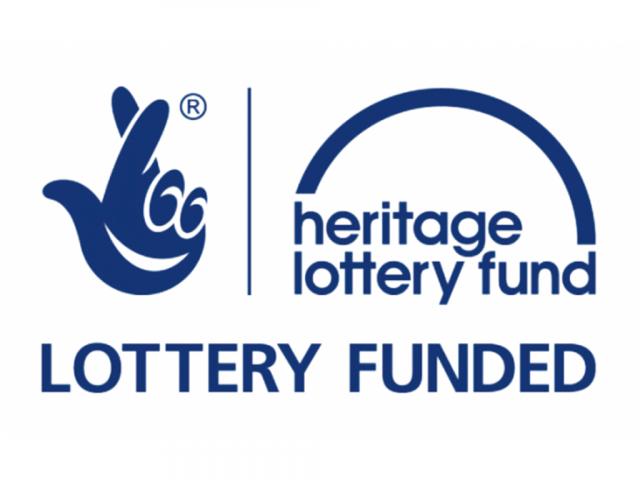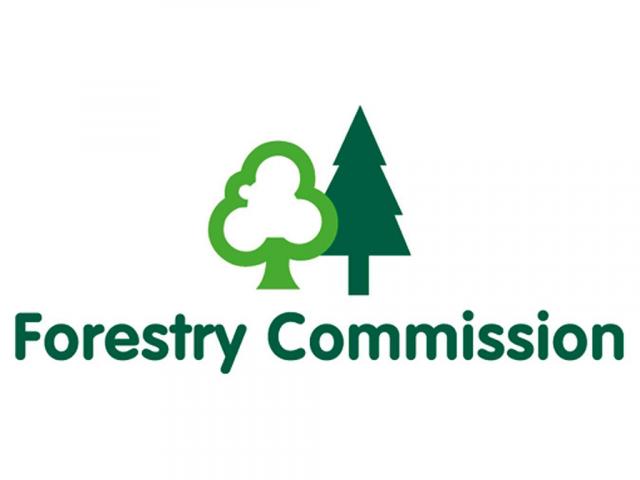The ancient woodlands of the Yardley Whittlewood Ridge in Northamptonshire are home to beautiful and increasingly rare butterflies and moths. We are expanding our successful conservation work here to protect more vulnerable species.
Thanks to a grant from the Heritage Lottery Fund (HLF) and support from Beds & Northants branch of Butterfly Conservation and Charitable Trusts, we are running the Woodland Wings Project. Working in partnership with the Forestry commission, the three year (Nov 2017 –Nov 2020) project is inspiring people living near this ancient forest and parkland to care for and protect butterflies like the Wood White and Black Hairstreak, and rare moths including the Heart Moth and Scarce Prominent.


Project Aims
To highlight the threats facing butterflies and moths and offer people the chance to make a measurable and practical difference. Our three-year project is inspiring and enabling local people to conserve their precious natural heritage, demonstrating that local action can achieve real impact. By conserving the rare butterflies and moths of the area, Woodland Wings is helping to ensure current and future generations continue to enjoy the beauty and wonder of these fascinating insects.
National declines recorded in woodland butterflies and moths reflect changes to traditional woodland management, in particular, the loss of routine coppicing and the planting of non-native conifers. These species are all associated with open spaces within woodlands, which require regular maintenance. With the Forestry Commission, the project is maintaining and restoring open sunny woodland rides and undertaking ditch and bank management to create a diversity of habitats which will not only enable the target butterflies and moths to thrive but will also benefit a number of non-lepidopteran species.
Key species
The Wood White (Leptidea sinapis) is one of our most threatened butterflies, having suffered major declines nationally both in distribution (89% between 1976-2014) and abundance (88% between 1976-2014). Concern about the plight of the Wood White led to the production of a dossier in 2010, giving a snapshot of the species’ status. Worryingly just 50 extant sites were identified, of which 13 may already have lost their colonies. The project area is a key landscape for the Wood White, holding 20% of the remaining UK sites, thus the restoration and conservation of these colonies will aid the national recovery of this species.
Black Hairstreak (Satyrium pruni) numbers are also in decline, with falls of 61% in distribution and 54% in abundance recorded between 1976–2014. It is one of the UK’s rarest butterflies, found only in the East Midlands woodland belt. Black Hairstreaks were once widespread at Yardley Chase and Salcey Forest (two of the project sites), but there are few recent records. The fragmented nature of these sites, combined with the butterfly’s reluctance to travel far, make it particularly vulnerable to loss. Currently, there are thought to be less than 50 remaining sites across the entire country.
Within the project area, a number of nationally and regionally notable moth species also occur including the Heart Moth.
Methods
- To work alongside the Forestry Commission and the Beds & Northants Branch to co-ordinate and run a programme of conservation management work to maintain, enhance or create suitable Wood White and Black Hairstreak habitat.
- To engage with the local community by organising and overseeing a number of public events and training workshops, on Forestry Commission sites and in the wider landscapes and communities.
- Guided woodland walks, practical conservation days, public talks and free training courses will be held throughout the projects duration, so members of the public are being invited to get involved.
Results
We hope that people will have a great appreciation and understanding about butterflies and moths in the area and this will inspire them to take action. The project will ensure the ancient woodlands of the Yardley Whittlewood Ridge are better managed and able to support the rare and specialist moths and butterflies of the area.
We plan to produce a final project report which will detail our survey and monitoring results and recommendations for managing woodlands for the benefit of Lepidoptera. The report will be shared with partner organisations, landowners and site managers and will therefore help to influence future conservation management for these species across the country.
Partners
The project was developed by Butterfly Conservation and works closely with Forestry Commission.
Where to Visit
The best site to see the Black hairstreak in flight within the project area is at Salcey Forest in June, but it is notoriously difficult to spot so look out for details of our guided walks on the events pages. The Wood white can be found in several of the project sites, including Bucknell wood, near Silverstone. Other Forestry Commission sites in the project area with public access include: Silverstone Woods (Hazelborough North and South) and Whistley Wood.
Contact
If you would like more information or to find out how to get involved, please contact:
Caroline Temple, Woodland Wings Project Officer.
Email: [email protected] or Tel: 07483039326

